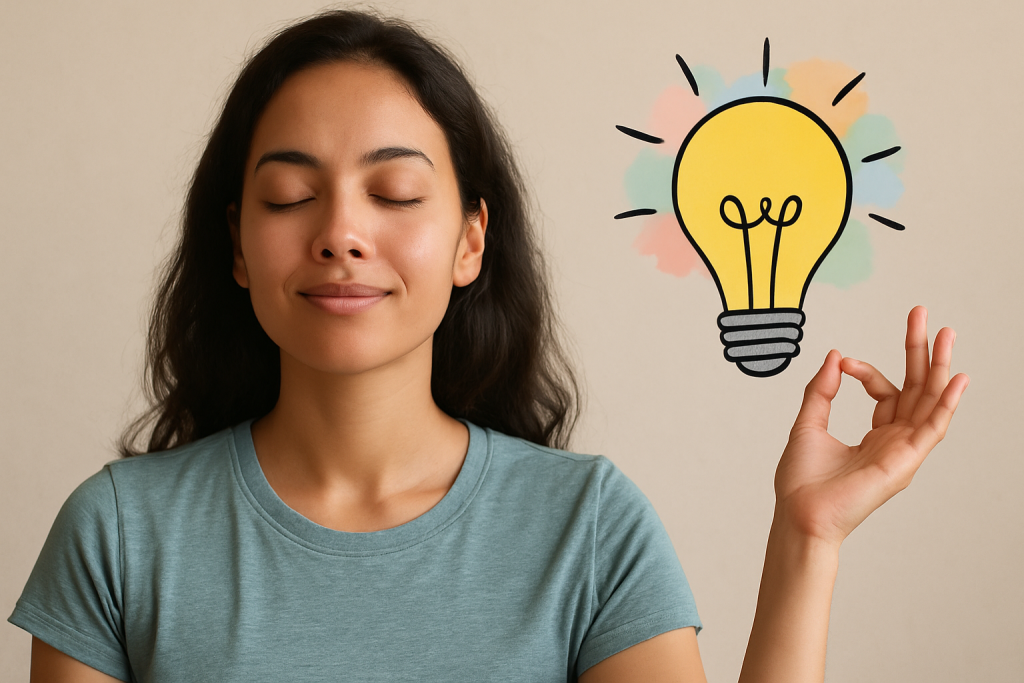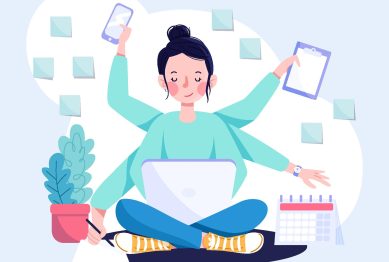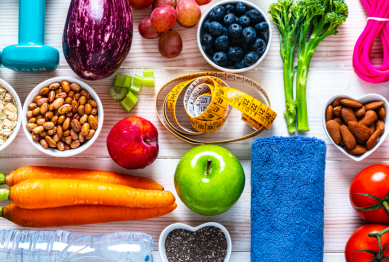In today’s fast-paced world, creativity often gets sidelined amidst deadlines, meetings, and responsibilities. However, creativity isn’t just for artists or entrepreneurs—it’s an essential skill that can enhance problem-solving, innovation, and overall well-being in every aspect of life. One of the most effective ways to unlock and nurture creativity is through mindfulness. Mindfulness, the practice of being fully present and engaged in the moment, can help clear mental clutter and pave the way for fresh, innovative thinking.
This article will explore how mindful practices can enhance everyday creativity. We’ll discuss practical strategies and emerging trends in the mindfulness movement, backed by scientific research and expert insights, to help you integrate creativity-enhancing practices into your daily life.

The Link Between Mindfulness and Creativity
What is Mindfulness?
Mindfulness is the practice of paying attention to the present moment in a non-judgmental way. It involves being aware of your thoughts, feelings, and bodily sensations as they arise, without reacting impulsively. Mindfulness can be practiced through meditation, breathing exercises, or simply paying more attention to daily activities.
How Mindfulness Boosts Creativity
Mindfulness can significantly enhance creativity by clearing the mind of distractions and fostering a relaxed yet alert mental state. Research shows that mindfulness encourages divergent thinking—where you generate multiple solutions to a problem—and improves the brain’s ability to form new connections, which is essential for creative thinking.
A 2012 study published in Psychological Science found that individuals who practiced mindfulness showed better results in tasks requiring creative thinking than those who did not. By helping individuals focus and reduce stress, mindfulness creates the ideal mental environment for creativity to thrive.
Key Mindful Practices for Enhancing Creativity
1. Mindful Breathing
Breathing exercises are one of the simplest and most effective mindfulness techniques for boosting creativity. By focusing on your breath, you can calm your mind, reduce anxiety, and clear away distractions. This creates space for new ideas to emerge.
How to practice mindful breathing:
- Sit comfortably in a quiet space.
- Close your eyes and take a deep breath in through your nose, hold it for a moment, and exhale slowly through your mouth.
- Focus on the sensation of the breath entering and leaving your body.
- If your mind begins to wander, gently bring your focus back to your breath.
Studies have shown that regular practice of mindful breathing improves focus, emotional regulation, and cognitive flexibility—critical factors in creative thinking.
2. Body Scan Meditation
A body scan meditation involves mentally scanning your body from head to toe, noticing any areas of tension or discomfort. This practice helps improve awareness of physical sensations and allows you to release stress, both of which are essential for fostering a calm and creative state of mind.
How to practice a body scan:
- Lie down or sit in a comfortable position.
- Close your eyes and take a few deep breaths to relax.
- Slowly shift your attention to your feet, and gradually move upward, focusing on each part of your body.
- Notice any tension and release it with each exhalation.
- Continue this process until you’ve scanned your entire body.
Body scan meditation can help release mental and physical tension, clearing the way for greater focus and creativity. This practice also helps cultivate a deep sense of self-awareness, allowing you to better recognize the triggers that may limit creative flow.
3. Mindful Walking
Mindful walking is a simple yet powerful mindfulness practice that combines physical movement with focused attention. When you walk mindfully, you pay attention to every step, your surroundings, and the sensations in your body as you walk. This practice helps bring your attention to the present moment, which is essential for generating creative ideas.
How to practice mindful walking:
- Find a quiet space where you can walk without distractions, such as a park or a quiet room.
- Begin by standing still and taking a few deep breaths to center yourself.
- As you begin walking, focus on the sensation of your feet touching the ground and the movement of your body.
- Pay attention to your surroundings—notice the colors, sounds, and smells.
- Walk at a slow, deliberate pace, keeping your mind focused on the present moment.
Mindful walking is a great way to recharge when you feel mentally fatigued and can help you overcome creative blocks. It also allows for physical activity, which boosts brain function and energy levels, further enhancing creativity.
4. Journaling
Journaling is another effective mindful practice for boosting creativity. Writing down your thoughts helps clear your mind, organize your ideas, and explore new perspectives. When you write mindfully, you engage your creative thinking process without judgment, which can lead to new insights and innovative ideas.
How to practice mindful journaling:
- Set aside time each day to write, ideally in a quiet, comfortable space.
- Start by focusing on your breath for a few moments to calm your mind.
- Write freely, without worrying about grammar, spelling, or structure.
- Let your thoughts flow naturally, exploring both personal reflections and creative ideas.
- After journaling, take a moment to reflect on what you’ve written, and notice any insights that may have emerged.
Mindful journaling can help you release mental clutter, explore your subconscious, and generate fresh ideas. It also provides a space for self-expression, which can enhance both personal growth and creativity.
5. Mindful Listening
Mindful listening involves fully focusing on what someone else is saying, without judgment or distraction. It’s about listening deeply to the speaker’s words, tone, and emotions. By practicing mindful listening, you can improve your communication skills and become more attuned to the ideas and perspectives of others, which can inspire your own creativity.
How to practice mindful listening:
- In conversations, focus all your attention on the speaker.
- Avoid interrupting or thinking about your response while the other person is talking.
- Notice their tone, body language, and the emotions behind their words.
- After they’ve finished speaking, take a moment to reflect on what was said before responding.
Mindful listening not only enhances creativity but also improves relationships and fosters collaboration, which are essential for creative teamwork.
How Mindfulness Improves Problem-Solving and Innovation
The Role of Mindfulness in Overcoming Creative Blocks
Many people experience creative blocks, where they struggle to come up with new ideas or solutions. Mindfulness can be a powerful tool for overcoming these blocks. When you practice mindfulness, you train your brain to stay present and avoid getting stuck in negative thought patterns. By staying calm and focused, you can break free from mental barriers and tap into your creativity.
Mindfulness as a Tool for Innovation
Mindfulness is not only about reducing stress and improving focus; it’s also about fostering a mindset of openness and curiosity. A 2018 study published in Frontiers in Psychology found that mindfulness promotes cognitive flexibility, which is the ability to consider multiple perspectives and generate new ideas. This quality is crucial for innovation, as it enables individuals to think outside the box and explore new possibilities.
Conclusion
Mindfulness is an invaluable tool for enhancing creativity. By integrating mindful practices such as mindful breathing, journaling, and mindful walking into your daily routine, you can reduce stress, improve focus, and cultivate a mindset of openness that fosters creativity. Whether you’re an artist, entrepreneur, or professional, mindfulness can help you tap into your creative potential and overcome mental barriers that hinder innovation.
The combination of mindfulness and creativity leads to a more balanced, productive, and fulfilling life. By making time for mindfulness, you’re not only boosting your creativity, but you’re also improving your overall well-being.
Reference
- The Mindfulness–Creativity Connection, https://pubmed.ncbi.nlm.nih.gov
- Meditation Styles & Creative Thinking, https://www.frontiersin.org
- Mechanisms of mindfulness meditation, https://en.wikipedia.org









